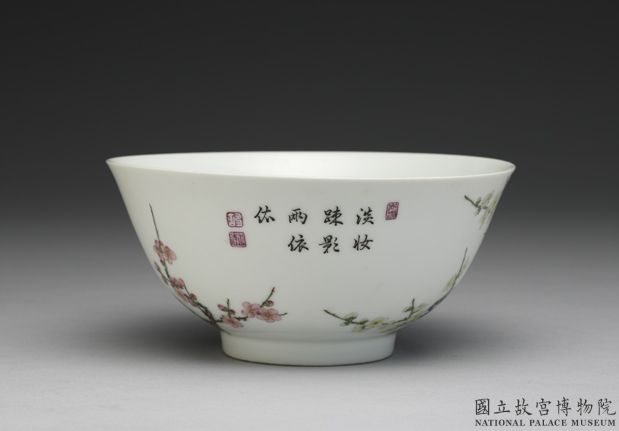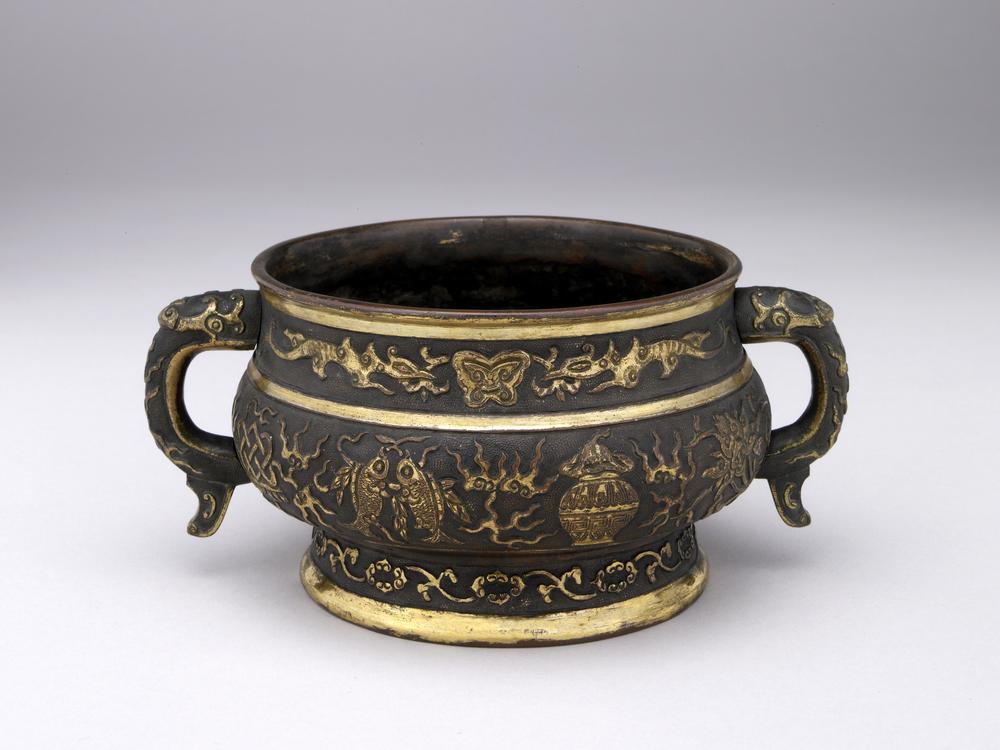Period:Unknown Production date:1793-1796
Materials:paper
Technique:drawn
Subjects:chinese religion/belief spirit
Dimensions:Height: 443 millimetres (album cover) Height: 234 millimetres (sheet) Width: 182 millimetres Width: 334 millimetres
Description:
Lui-shin (more commonly known as Lei-Gong), Chinese God of Thunder; a half-man half-bird, wearing just a loincloth, with sticks in his raised right hand and thunderbolts in the left, his talons balanced the axes on a wheel, clouds in the bottom third of the image; from an album of 82 drawings of China Watercolour, ink and graphite
IMG
![图片[1]-drawing; album; print study BM-1865-0520.221-China Archive](https://chinaarchive.net/Unknown/43/mid_01441547_001.jpg)
Comments:There is a list of descriptions of the subjects inserted in the front of the album. This drawing is described as: “29 Lui-shin or Lui-con the Jupiter of the Chinese, Vide Sir Geo: Stauntons Account. Page 305. Vol. 2.d.” Staunton’s “Authentic Account” and the “An Historical Account” both include an engraving of Lui-Shin that presumably derives from Alexander (in neither case is the name of the original artist given). In both cases, the iconography differs from that in Alexander’s watercolour in the following respects: rather than standing on the axes of a wheel, the spirit is depicted as surrounded by a wheel of kettle drums on which he bangs the truncheon held in his right hand. Interestingly, the accompanying text in the “Authentic Account” describes the alternative iconography depicted in the BM watercolour. The context of the discussion of Lui-shin is the veneration of household gods by the lower classes, and the inference is that Alexander’s drawing was copied from a mythological book: “The books of their mythology contain representations of those who preside over their persons and properties…In the representation of Lui-shin, or spirit presiding over thunder, the violence of that meteor, which nothing is supposed capable of withstanding, the velocity of the lightening, which nothing can exceed, and their united effects, are designed by the monstruous figure involved in the clouds, as engraved in the opposite page.” (vol. 2, p. 305) For further information about the album, see comment for 1865,0520.193.
Materials:paper
Technique:drawn
Subjects:chinese religion/belief spirit
Dimensions:Height: 443 millimetres (album cover) Height: 234 millimetres (sheet) Width: 182 millimetres Width: 334 millimetres
Description:
Lui-shin (more commonly known as Lei-Gong), Chinese God of Thunder; a half-man half-bird, wearing just a loincloth, with sticks in his raised right hand and thunderbolts in the left, his talons balanced the axes on a wheel, clouds in the bottom third of the image; from an album of 82 drawings of China Watercolour, ink and graphite
IMG
![图片[1]-drawing; album; print study BM-1865-0520.221-China Archive](https://chinaarchive.net/Unknown/43/mid_01441547_001.jpg)
Comments:There is a list of descriptions of the subjects inserted in the front of the album. This drawing is described as: “29 Lui-shin or Lui-con the Jupiter of the Chinese, Vide Sir Geo: Stauntons Account. Page 305. Vol. 2.d.” Staunton’s “Authentic Account” and the “An Historical Account” both include an engraving of Lui-Shin that presumably derives from Alexander (in neither case is the name of the original artist given). In both cases, the iconography differs from that in Alexander’s watercolour in the following respects: rather than standing on the axes of a wheel, the spirit is depicted as surrounded by a wheel of kettle drums on which he bangs the truncheon held in his right hand. Interestingly, the accompanying text in the “Authentic Account” describes the alternative iconography depicted in the BM watercolour. The context of the discussion of Lui-shin is the veneration of household gods by the lower classes, and the inference is that Alexander’s drawing was copied from a mythological book: “The books of their mythology contain representations of those who preside over their persons and properties…In the representation of Lui-shin, or spirit presiding over thunder, the violence of that meteor, which nothing is supposed capable of withstanding, the velocity of the lightening, which nothing can exceed, and their united effects, are designed by the monstruous figure involved in the clouds, as engraved in the opposite page.” (vol. 2, p. 305) For further information about the album, see comment for 1865,0520.193.
© Copyright
The copyright of the article belongs to the author, please keep the original link for reprinting.
THE END





